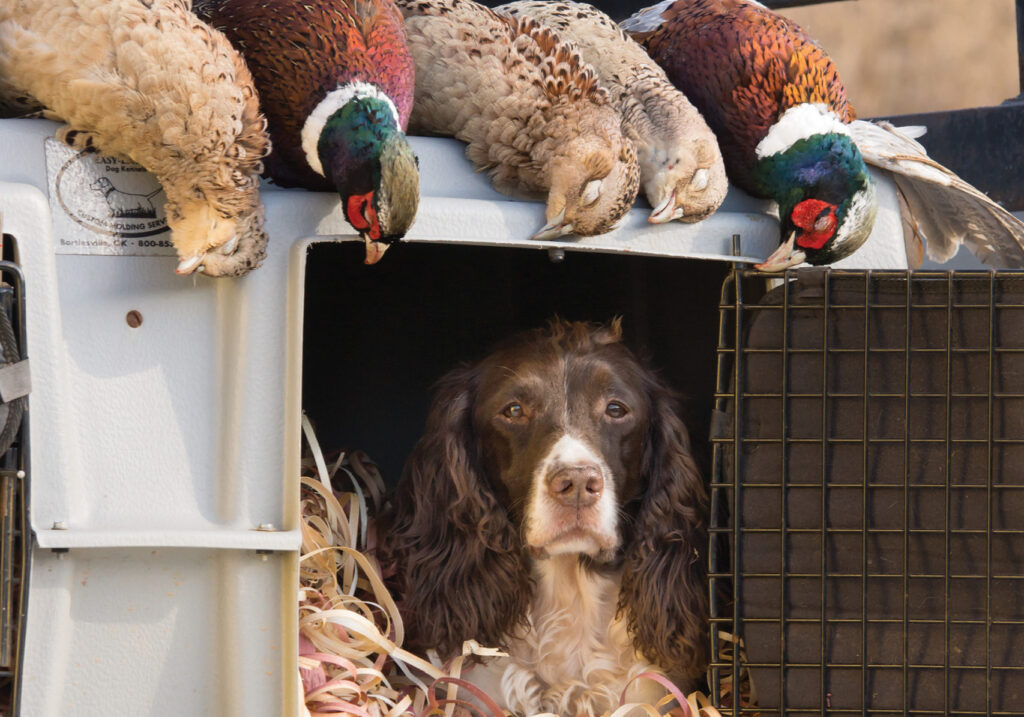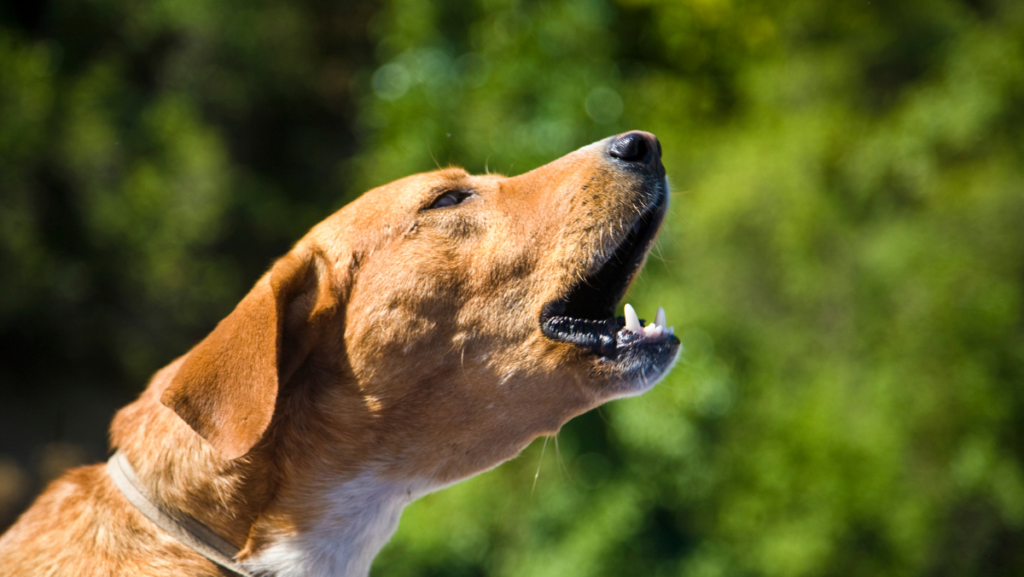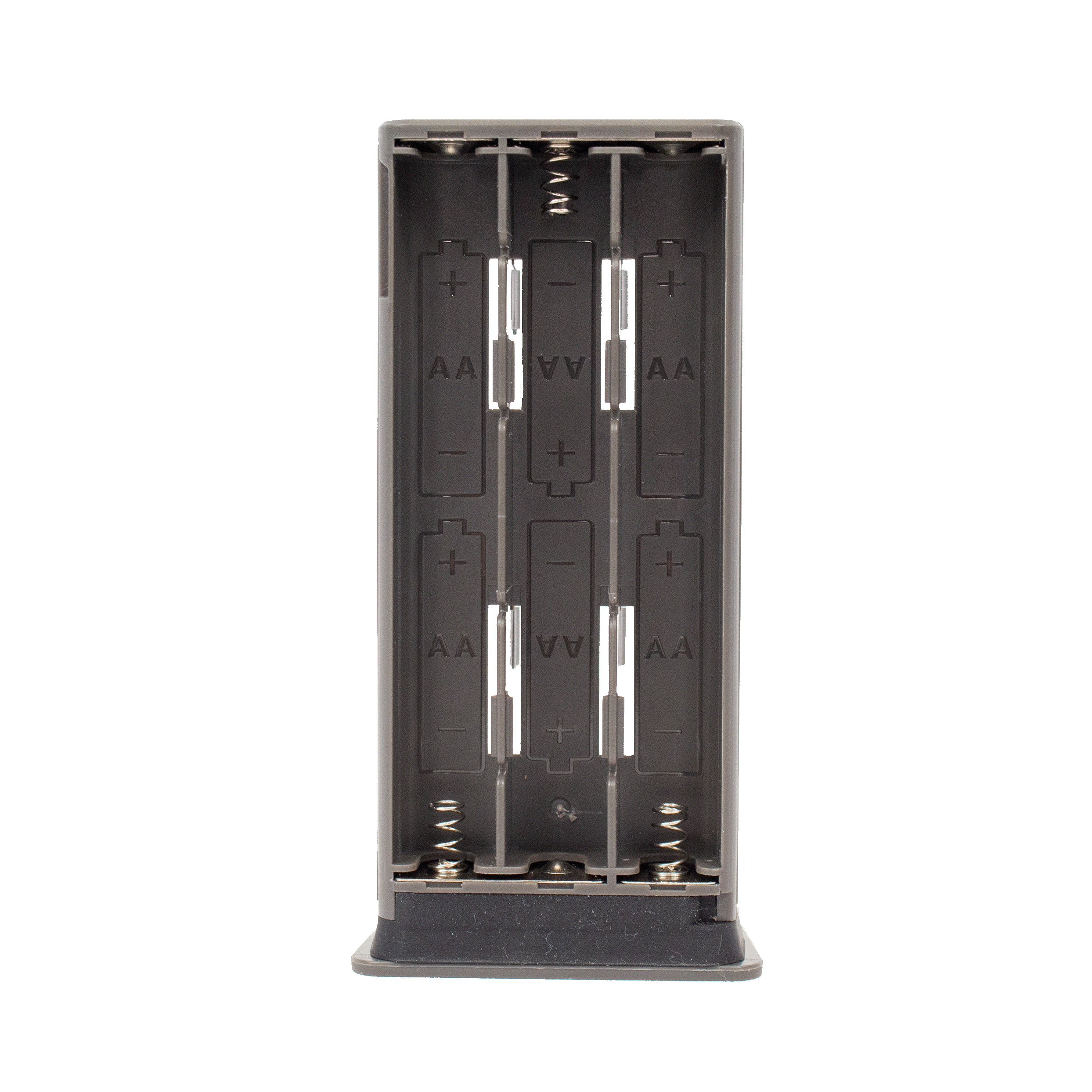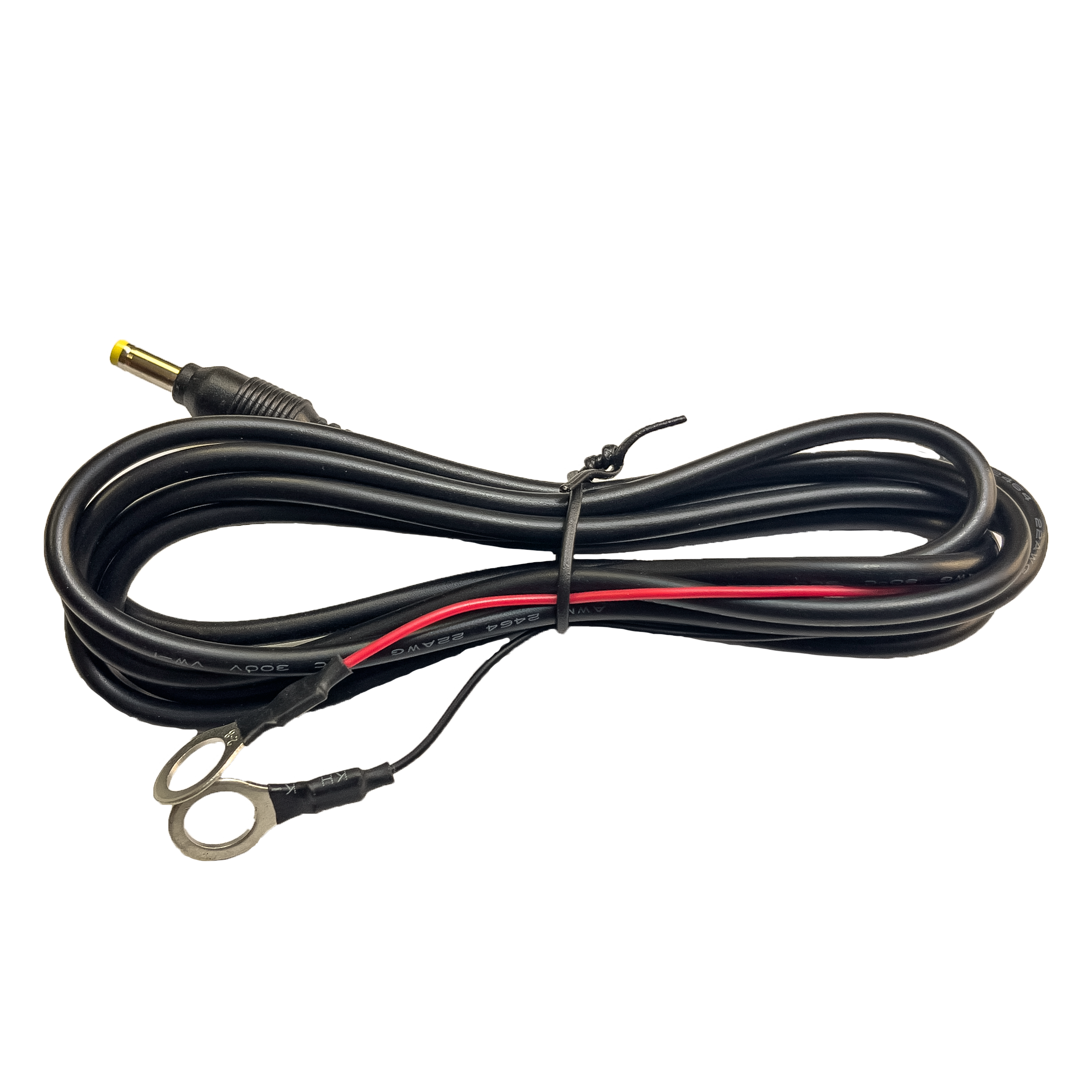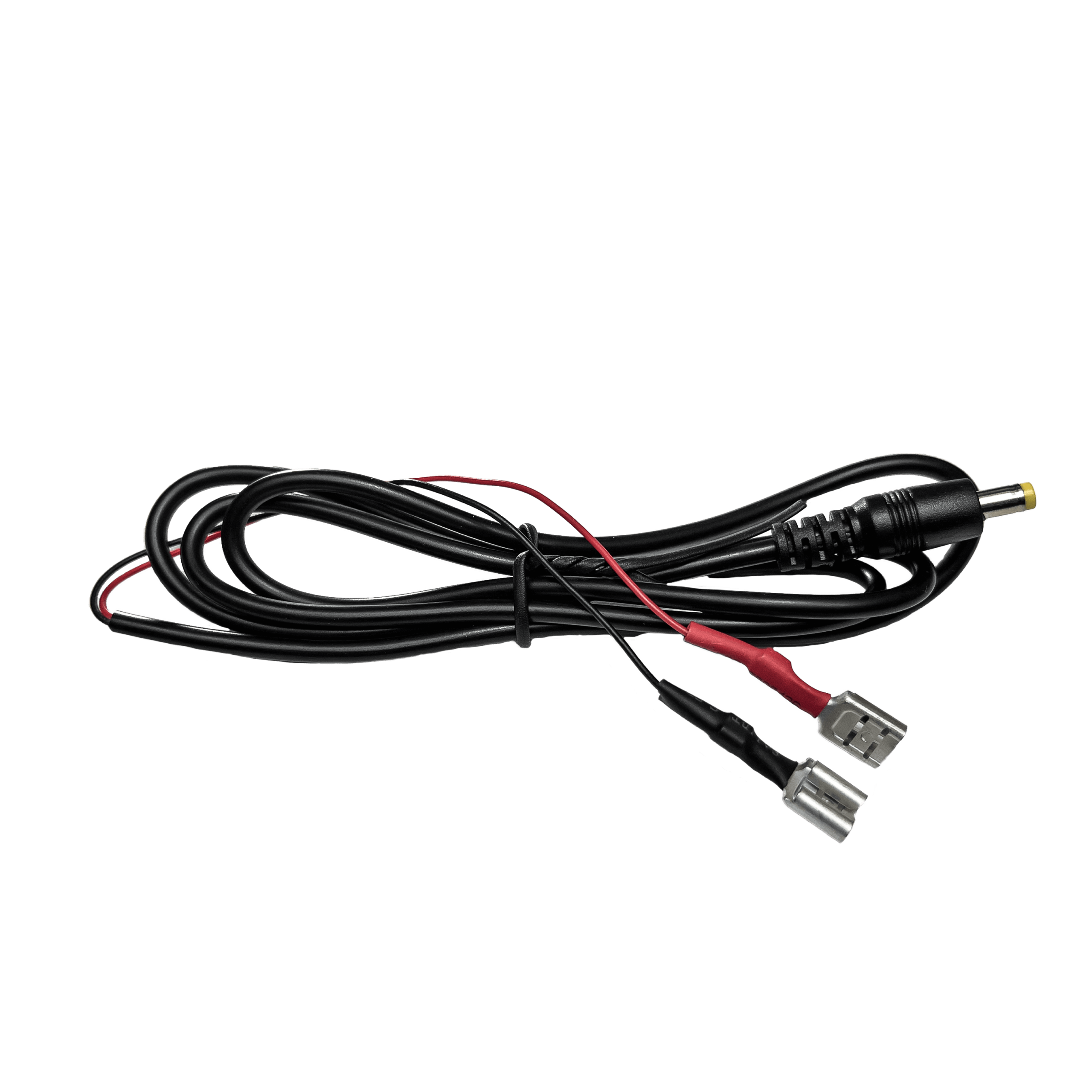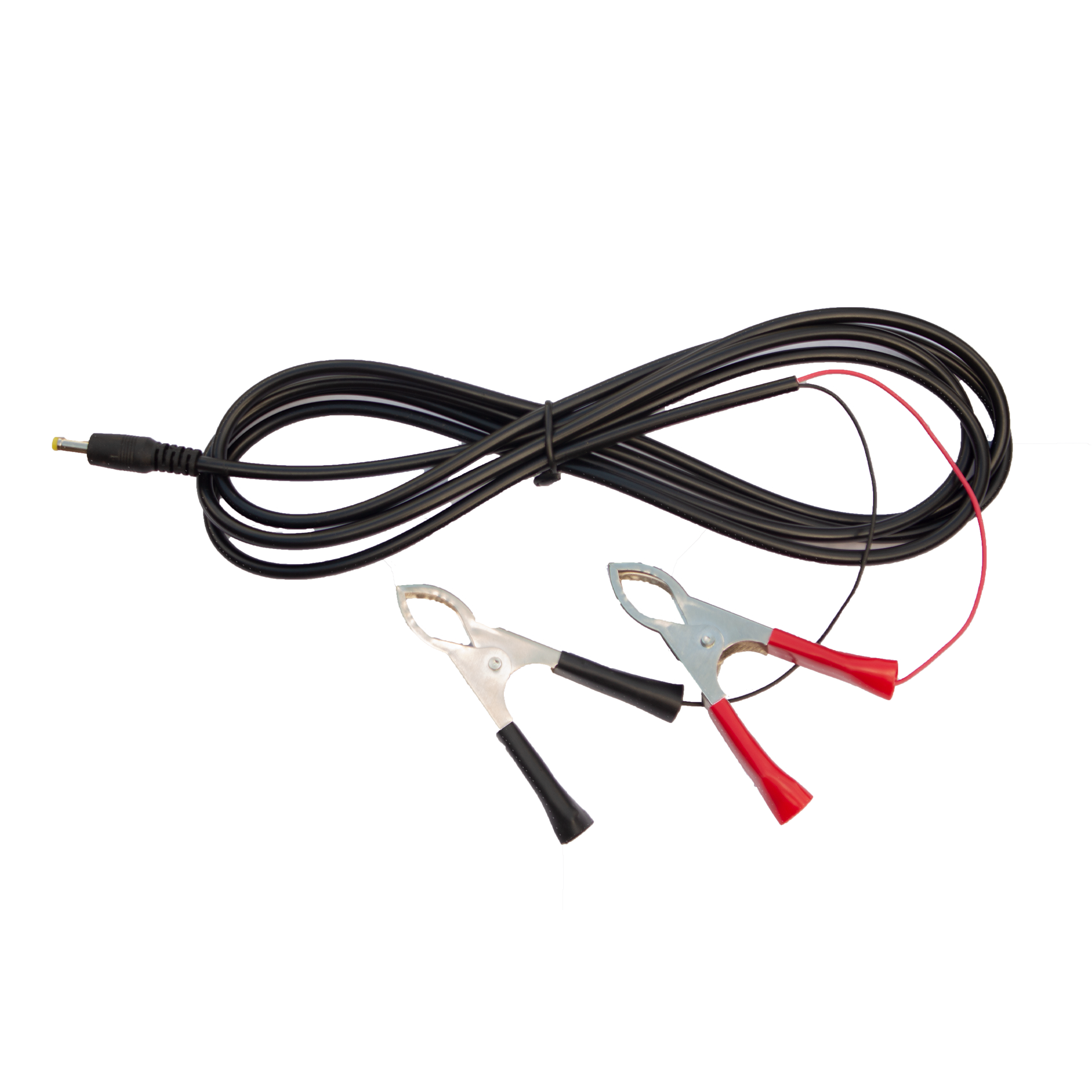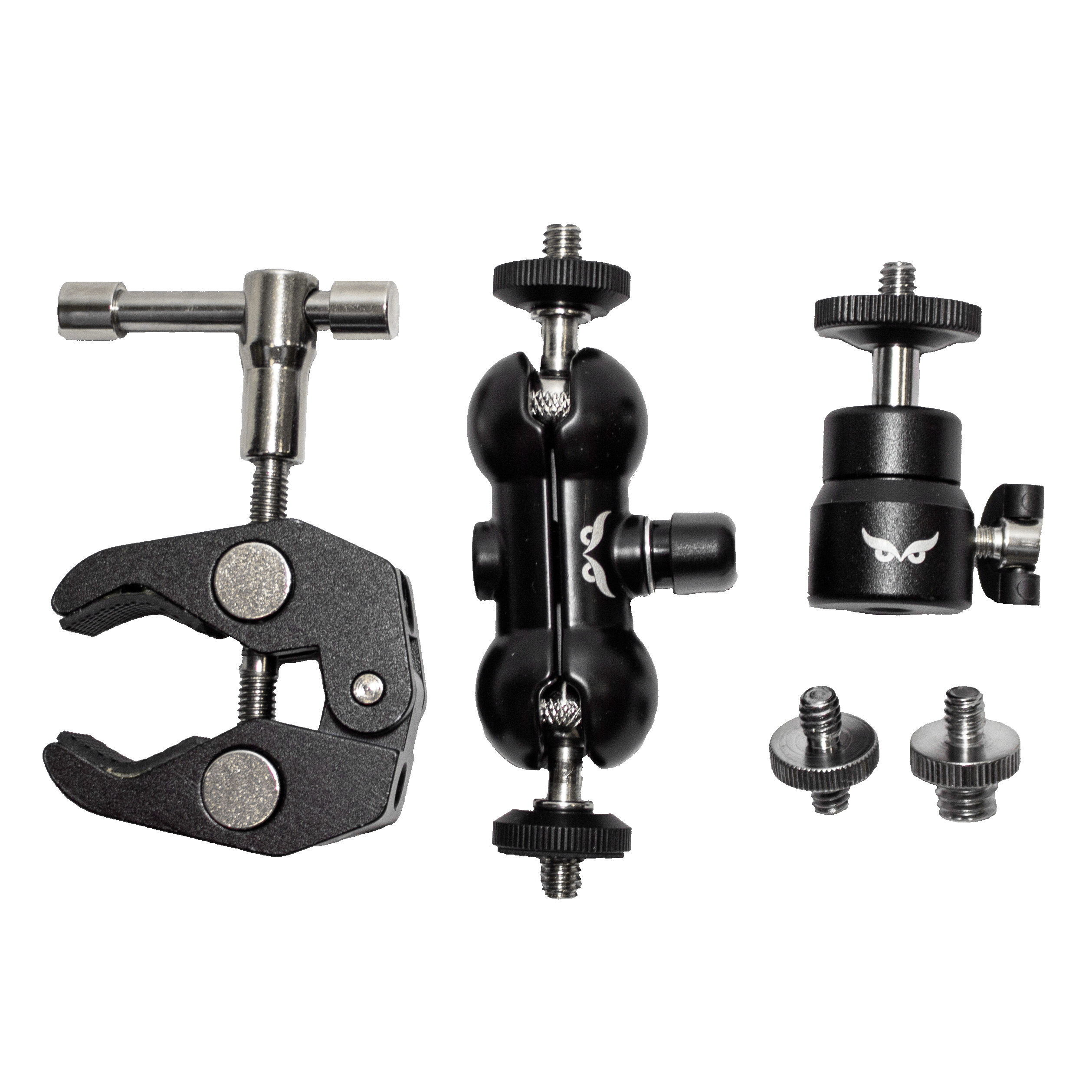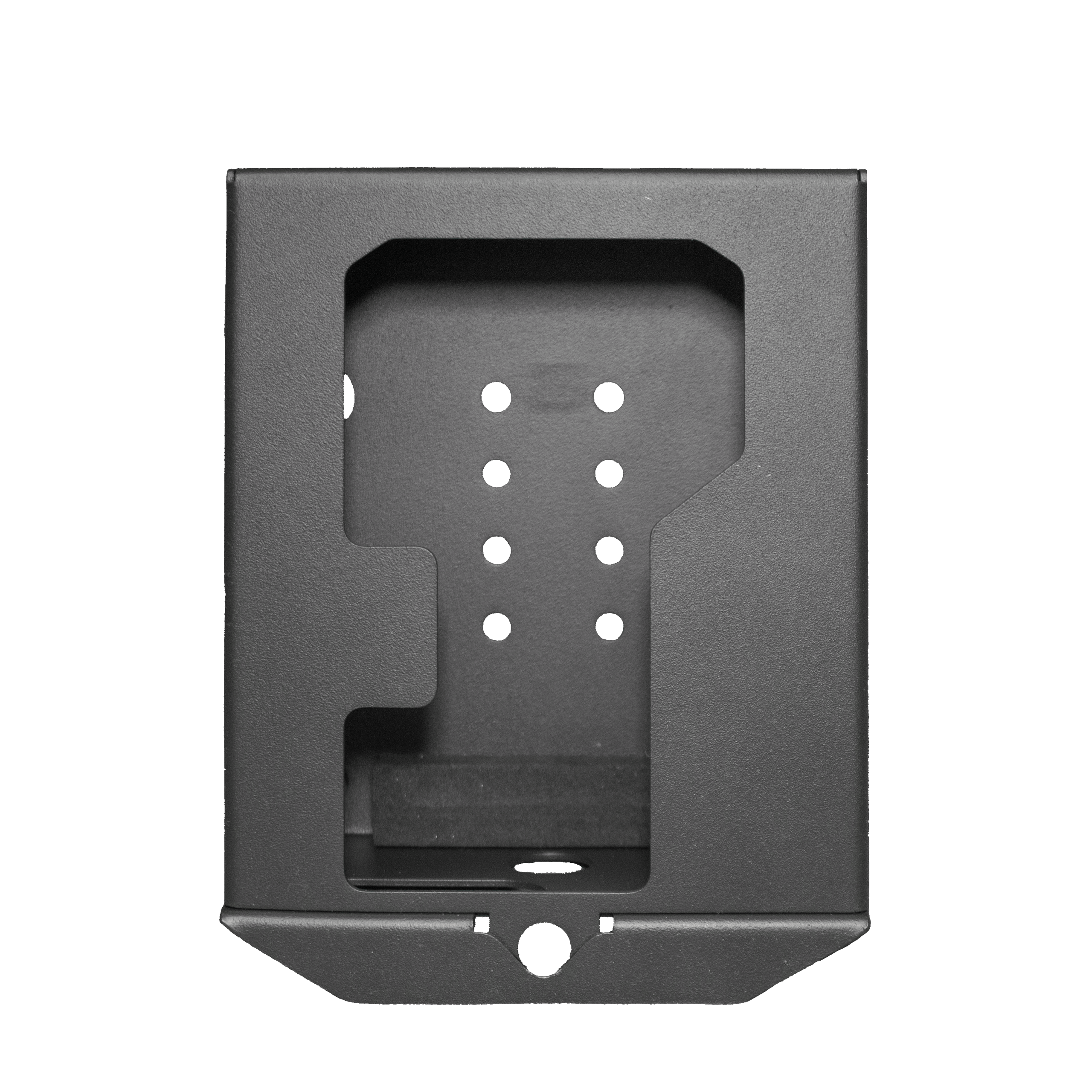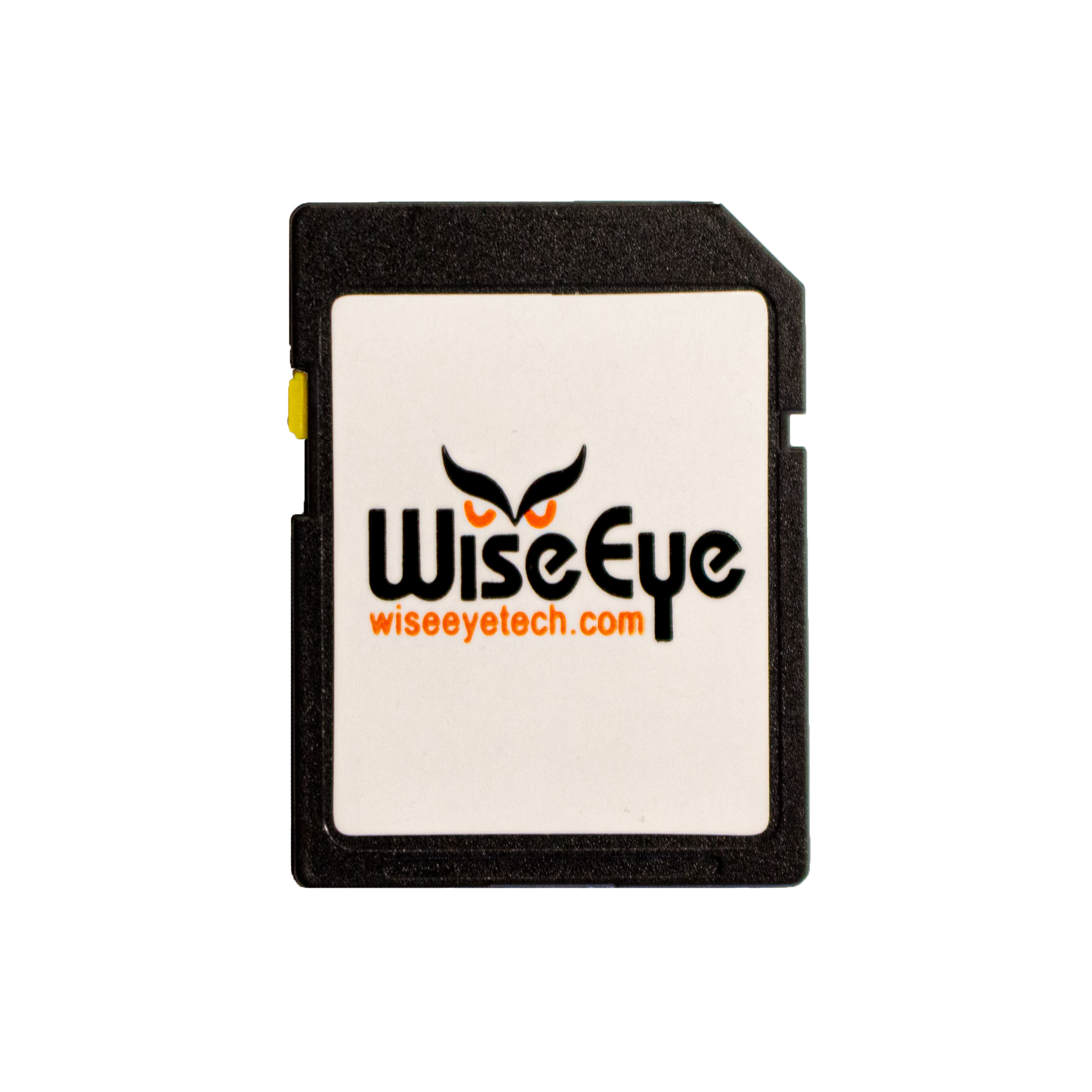Crate training is an essential skill for both pet owners and hunting dog trainers. This method not only aids in housebreaking but also provides your dog with a secure space of their own. Proper crate training can significantly enhance your dog’s comfort and security, making it an invaluable technique for hunters and their loyal companions.
Understanding the Importance of Crate Training
Crate training serves multiple purposes for hunting dogs. It can help them adapt to new environments, especially during hunting trips or training sessions. A well-trained dog understands that the crate is a safe haven, which can alleviate anxiety in unfamiliar settings. Additionally, crate training can assist in preventing destructive behaviors when you’re not around, ensuring your hunting gear remains intact.
Step 1: Choosing the Right Crate
Assess Your Dog’s Size and Breed
The first step is to determine the appropriate size for your dog. Measure your dog’s height and length to ensure they can comfortably stand up, turn around, and lie down without restriction. Different breeds may have varying crate needs, so consider their adult size if they are still growing.
Consider Your Lifestyle and Travel Needs
Think about how you plan to use the crate. If you travel frequently for hunting trips, a collapsible wire crate may be more practical due to its portability. On the other hand, if you’re looking for something more durable for at-home use, a sturdy plastic crate might be a better fit. Choose a crate that aligns with your lifestyle and how you’ll be using it.
Evaluate the Material and Durability
The material of the crate is essential, especially for active hunting dogs. Wire crates provide excellent ventilation and visibility, while plastic crates offer more security and protection. Soft-sided crates are lightweight and easy to transport but may not withstand rough use. Consider your dog’s behavior and energy level to select a crate that will endure wear and tear.
Step 2: Introducing Your Dog to the Crate
Create a Positive Environment
Start by placing the crate in a central location where your dog feels comfortable. Keep the door open and encourage exploration by tossing in treats or their favorite toys. Allow your dog to approach the crate at their own pace. The goal is to make the crate an inviting space rather than a source of anxiety.
Use Mealtime to Reinforce Positivity
Incorporate the crate into your dog’s feeding routine. Begin by feeding them their meals inside the crate with the door open. This establishes a positive association between the crate and something enjoyable. As your dog becomes more comfortable, gradually close the door while they eat, reinforcing that the crate is a safe and rewarding place.
Encourage Short Stays with Rewards
Once your dog is comfortable entering the crate, encourage them to stay inside for short periods. Start with just a few minutes, using treats and praise to reward calm behavior. Gradually increase the duration as your dog adapts. This process helps them understand that being in the crate is both safe and rewarding, setting the stage for longer stays in the future.
Step 3: Feeding Your Dog in the Crate
Start with the Door Open
Begin by feeding your dog their meals inside the crate with the door wide open. This encourages them to enter freely without feeling confined. By allowing them to enjoy their food in a familiar setting, you help them associate the crate with comfort and nourishment.
Gradually Close the Door
Once your dog is comfortable eating inside the crate with the door open, start closing the door while they eat. Initially, keep the door closed for just a few moments before opening it again. This gradual approach helps your dog adjust to the idea of being enclosed while still enjoying their meal, reinforcing the crate as a safe space.
Use Positive Reinforcement
After your dog finishes their meal inside the crate, offer praise and rewards, such as treats or affection. This reinforces the idea that good things happen in the crate. Additionally, you can occasionally leave a favorite toy or chew inside the crate after mealtime to encourage your dog to spend more time there, further solidifying positive associations.
Step 4: Practice Short Absences
Start with Brief Periods
Begin by closing your dog in the crate for short periods while you are in the same room. Gradually increase the duration as your dog gets comfortable. Use treats or toys to keep them occupied during these times.
Monitor Their Comfort
Pay attention to your dog’s behavior. If they appear anxious or distressed, reduce the time in the crate and slowly build back up. It’s crucial to ensure they feel safe and secure.
Gradual Distance Increase
Once your dog is comfortable being crated while you’re in the same room, start increasing the distance between you and the crate. Move to a different room while still keeping the door closed, starting with just a few minutes and gradually extending the time.
This helps your dog learn that your absence is temporary and builds their confidence in being alone for short periods. Always return to reward them for calm behavior, reinforcing that being crated is a positive experience.
Step 5: Leaving the Room
Practice Short Departures
Start by closing the crate door and leaving the room for just a few moments. Gradually increase the duration as your dog becomes more comfortable. This helps them understand that you will return, reducing anxiety about your absence. Initially, keep your departures low-key to prevent excitement or stress.
Establish a Consistent Routine
Create a routine around your departures that your dog can learn to anticipate. For instance, grab your keys or put on your shoes before leaving. By associating these actions with your absence, your dog will begin to understand that it’s a normal part of the day, making them less likely to feel anxious.
Use Calm Departures and Arrivals
When you leave or return, keep your demeanor calm and relaxed. Avoid overly enthusiastic greetings or farewells, as this can heighten anxiety. Instead, acknowledge your dog calmly, allowing them to remain in the crate until they are quiet before you let them out. This teaches them that staying calm is rewarded, fostering a sense of security during your absences.
Step 6: Crating During the Night
Establish a Bedtime Routine
Create a calming pre-bedtime routine to signal to your dog that it’s time to settle down. This can include activities such as a short walk, some quiet playtime, or gentle cuddling. Consistent rituals help your dog relax and associate the crate with nighttime rest.
Make the Crate Comfortable
Ensure that the crate is a cozy space for your dog to sleep. Add comfortable bedding, such as a soft blanket or mat, to make it inviting. You might also include a favorite toy or a piece of your clothing to provide comfort and familiarity, helping them feel more secure throughout the night.
Use Gradual Crate Training
If your dog is not accustomed to sleeping in a crate, start by having them sleep in the crate during the day for short periods. Gradually transition to nighttime crating by placing them in the crate for brief stretches while you are nearby. Once they are comfortable during the day, you can begin crating them at night, reinforcing the idea that the crate is a safe and comforting space for sleep.
Step 7: Dealing with Whining and Barking
Assess the Cause
Pay attention to the context of your dog’s whining or barking. If it occurs shortly after being crated, they may need to go outside to relieve themselves. If they are simply seeking attention or expressing discomfort, it’s important to identify the underlying reason. Understanding the cause will help you respond appropriately and reduce frustration for both you and your dog.
Reinforce Calm Behavior
Avoid responding to whining or barking, as this can inadvertently reinforce the behavior. Instead, wait for a moment of silence before opening the crate door or giving them attention. This teaches your dog that calmness is rewarded and that making noise won’t lead to immediate results. Consistently rewarding quiet behavior will encourage them to remain calm while crated.
Provide Comfort and Distraction
Ensure your dog has adequate comfort and distractions while in the crate. Before crating, engage them in play or exercise to help expend excess energy. You can also leave safe chew toys or interactive puzzles inside the crate to keep them occupied. This will help mitigate boredom and anxiety, reducing the likelihood of whining or barking.
Step 8: Crating When You’re Away
Gradual Desensitization
Start by crating your dog for short periods while you are at home. Gradually increase the time as they become more comfortable. Once they are relaxed with shorter stays, begin leaving the house for brief outings, gradually extending the duration as your dog adjusts. This helps them understand that your absence is temporary and builds their confidence.
Create a Positive Environment
Make the crate an inviting space for your dog by adding comfortable bedding, safe toys, and treats. Consider giving them a special treat or toy that they only receive when they’re crated, reinforcing the idea that the crate is a positive place. This encourages them to view the crate as a secure and enjoyable environment, reducing anxiety when you leave.
Exercise Before Crating
Before you leave, engage your dog in physical activity or mental stimulation. A brisk walk, play session, or training exercises can help tire them out. When dogs are more relaxed and content, they are less likely to experience anxiety or boredom while crated. This proactive approach sets them up for a calm and comfortable experience while you’re away.
Conclusion
Crate training your dog can significantly enhance their comfort and behavior, especially in the context of hunting. By following these step-by-step guidelines, you can ensure that your dog sees the crate as a safe haven rather than a place of confinement. Remember that patience and consistency are key components of successful crate training.
Ready to take your dog training to the next level?
Visit HuntEmUp today to explore our wide selection of top-quality hunting and dog training products!
Whether you’re a seasoned hunter or just getting started, we have everything you need to succeed in the field. Don’t miss out – equip yourself with the best, and take your hunting game to the next level!
